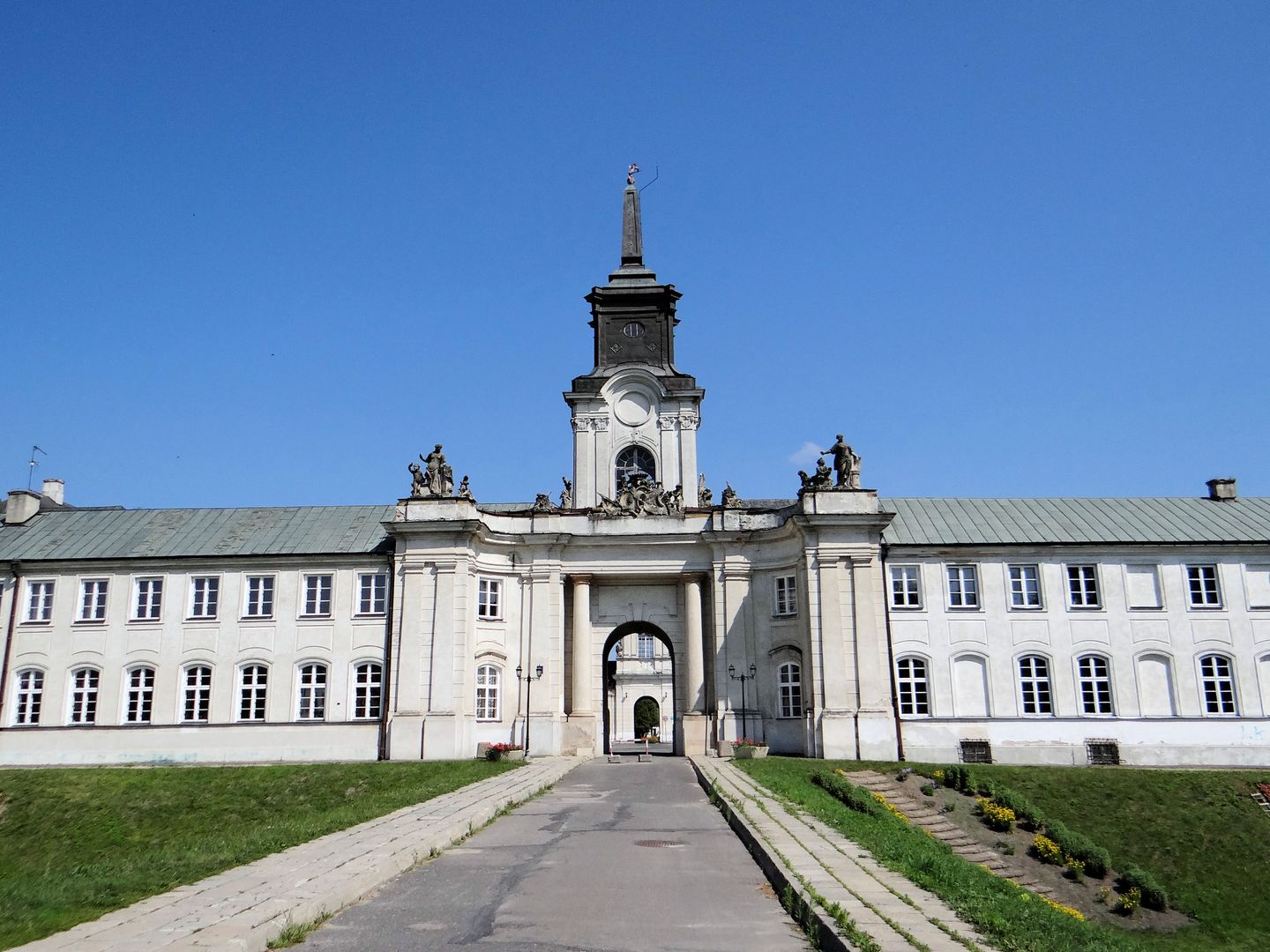Radzyń Podlaski
6.84

Overview
Radzyń Podlaski is a town in the Lublin Voivodeship, founded on the foundations of an earlier settlement called Kozirynek. The town's history dates back to the 14th century, when the area became more accessible following the Polish-Lithuanian union. Radzyń evolved into a trading center, known for its trade in goats. In 1465, the town was granted municipal rights under Magdeburg Law. Architecturally, Radzyń Podlaski is distinguished by the Holy Trinity Church, built in the late Renaissance style. Founded by the Mniszech family, the church from 1641 is renowned for its rich stucco work and paintings by Józef Ruchbinder. Another significant landmark is the 18th-century Potocki Palace, designed by Jakub Fontana, which combines features of Baroque architecture. During World War II, the town suffered significant losses, including the disappearance of the local Jewish community and repression against the resistance movement. Interestingly, Radzyń took steps in the field of education, marked by the establishment of the first Polish school in 1915. The town is also a place of remembrance, with graves of January Uprising insurgents and sites commemorating the victims of World War II. Radzyń Podlaski has rich cultural traditions, celebrating activities such as weekly markets that have survived to this day. The town also cooperates with several partner communities, fostering cultural exchange. Modern life in Radzyń revolves around several significant industrial plants, educational institutions, and sports activities, making it an important regional center. With its diverse cultural and architectural heritage, Radzyń Podlaski stands as an interesting example of Polish history and tradition.
Location
2025 Wizytor | All Rights Reserved